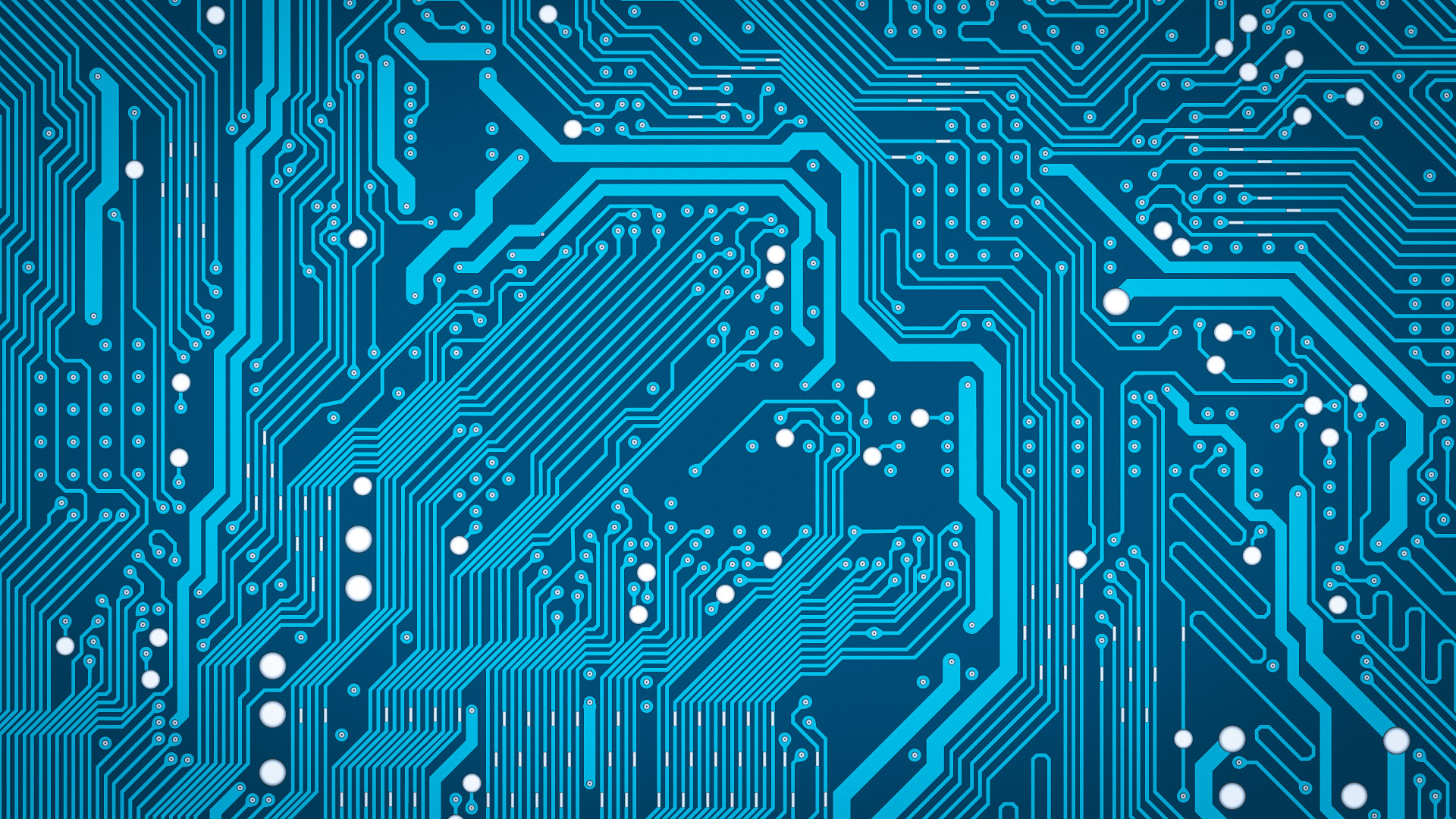
Printed Circuit Boards: The Backbone of Modern Electronics
In the world of modern electronics, Printed Circuit Boards (PCBs) play a pivotal role, serving as the foundational framework upon which a vast array of electronic devices and systems are built. From smartphones and laptops to industrial machinery and medical equipment, PCBs are an essential component that enables the seamless flow of electrical signals and the functionality of electronic devices. In this article, we will delve into the world of Printed Circuit Boards, exploring their significance, construction, and the diverse applications that make them an indispensable part of our lives. Learn more about high speed digital design.
Understanding Printed Circuit Boards
At its core, a Printed Circuit Board (PCB) is a flat, rigid board made of insulating material, typically fiberglass-reinforced epoxy, which acts as a substrate for various electronic components. The primary function of a PCB is to provide a physical and electrical platform for the connection of electronic components, such as microchips, capacitors, resistors, and connectors, allowing them to work together in a structured and organized manner.
The PCB Manufacturing Process
The construction of a PCB involves several intricate steps that transform a blank board into a functional circuit. Here is an overview of the typical PCB manufacturing process:
1. Substrate Preparation
- The process begins with the selection of a suitable substrate material, often referred to as the PCB laminate. Common materials include fiberglass-reinforced epoxy (FR-4), polyimide, and aluminum. The choice of substrate material depends on the specific requirements of the PCB, including its intended application and environmental conditions.
2. Circuit Design
- Engineers use specialized software to design the electrical circuit layout on the PCB. This step involves defining the placement of components, the routing of traces (conducting paths), and the determination of signal and power planes.
3. Image Transfer
- The circuit design is transferred onto a copper-clad laminate using various methods, such as photolithography or chemical etching. This step creates a pattern of conductive traces on the board, representing the electrical connections between components.
4. Component Placement
- Electronic components are then placed onto the PCB using automated machinery or manual labor. This step requires precision to ensure that each component aligns perfectly with its designated position on the circuit.
5. Soldering
- Soldering is the process of bonding electronic components to the PCB using solder, a low-melting-point alloy. Soldering creates secure electrical connections and ensures the stability of the components on the board.
6. Quality Control and Testing
- Rigorous quality control measures are implemented to inspect the PCB for defects, such as soldering errors, short circuits, or faulty components. Functional testing may also be conducted to verify the proper operation of the circuit.
7. Final Assembly
- Once the PCB passes all quality checks, it is often integrated into a larger electronic device or system, where it interacts with other components to perform a specific function.
Diverse Applications of PCBs
Printed Circuit Boards find applications across a wide spectrum of industries and electronic devices. Here are some notable examples:
1. Consumer Electronics
- PCBs are integral to smartphones, laptops, televisions, gaming consoles, and many other consumer electronics, enabling them to process information, display images, and connect to various peripherals.
2. Automotive Industry
- Modern vehicles rely on PCBs for engine control units (ECUs), infotainment systems, safety features, and more, contributing to improved performance, efficiency, and safety.
3. Medical Devices
- Medical equipment, such as MRI machines, X-ray systems, and pacemakers, utilize PCBs to ensure accurate diagnostics and treatment, as well as patient monitoring.
4. Aerospace and Defense
- PCBs are essential components in aircraft navigation systems, communication equipment, radar systems, and missile guidance systems, where reliability and durability are paramount.
5. Industrial Automation
- In manufacturing and industrial settings, PCBs control machinery, robots, and sensors, streamlining production processes and enhancing efficiency.
The Future of PCB Technology
As electronic devices continue to evolve, PCB technology is expected to follow suit. Miniaturization, increased functionality, and higher data transmission speeds are just a few of the trends shaping the future of PCBs. Advanced materials, such as flexible and rigid-flex PCBs, are gaining popularity for applications that require versatility and compact design.
In conclusion, Printed Circuit Boards are the unsung heroes of the modern electronics era, facilitating the seamless operation of countless devices and systems that define our daily lives. From their intricate manufacturing processes to their diverse applications across industries, PCBs exemplify the innovation and precision that underlie today's technological landscape. As technology continues to advance, PCBs will undoubtedly continue to play a pivotal role in shaping the future of electronics.